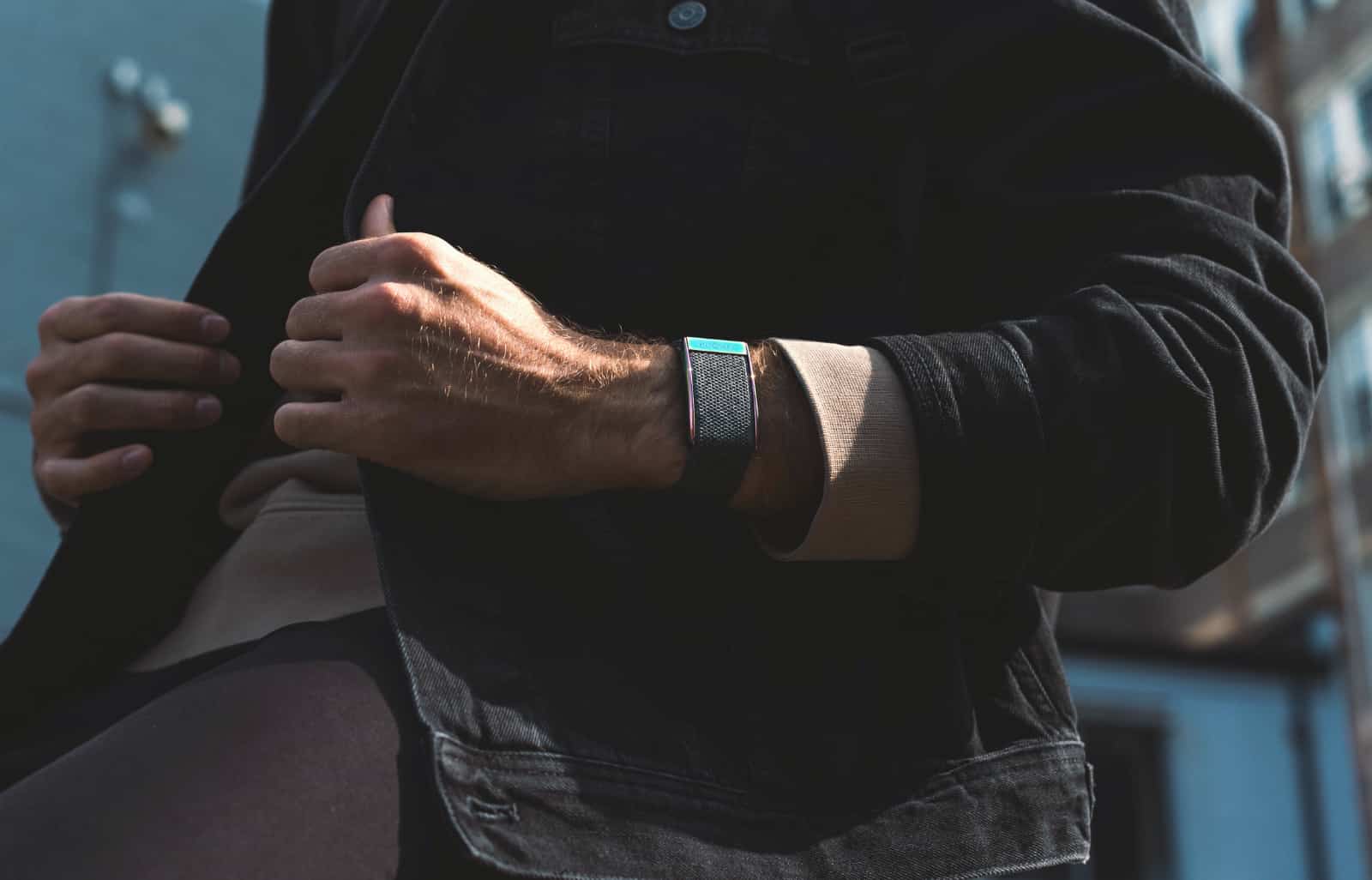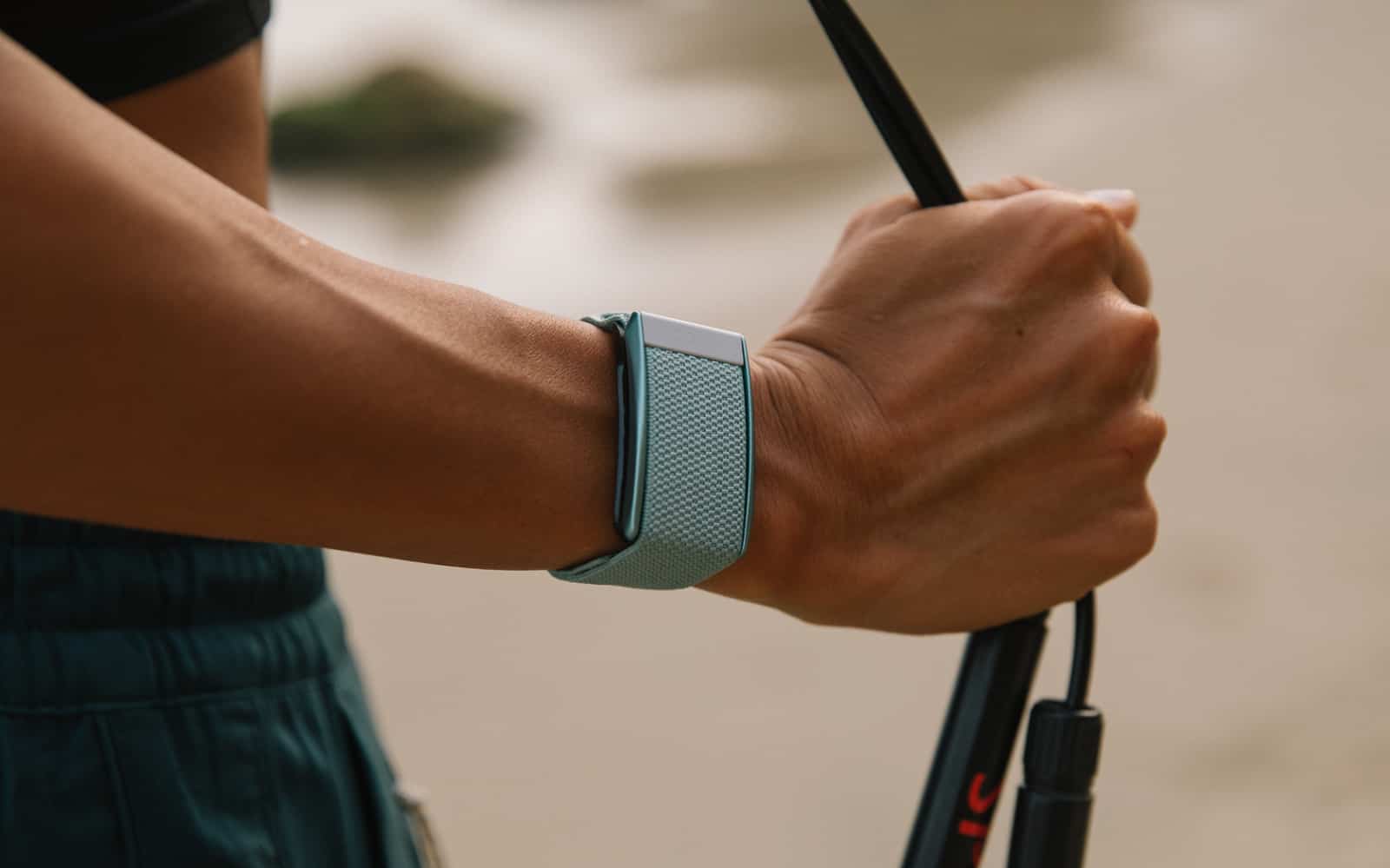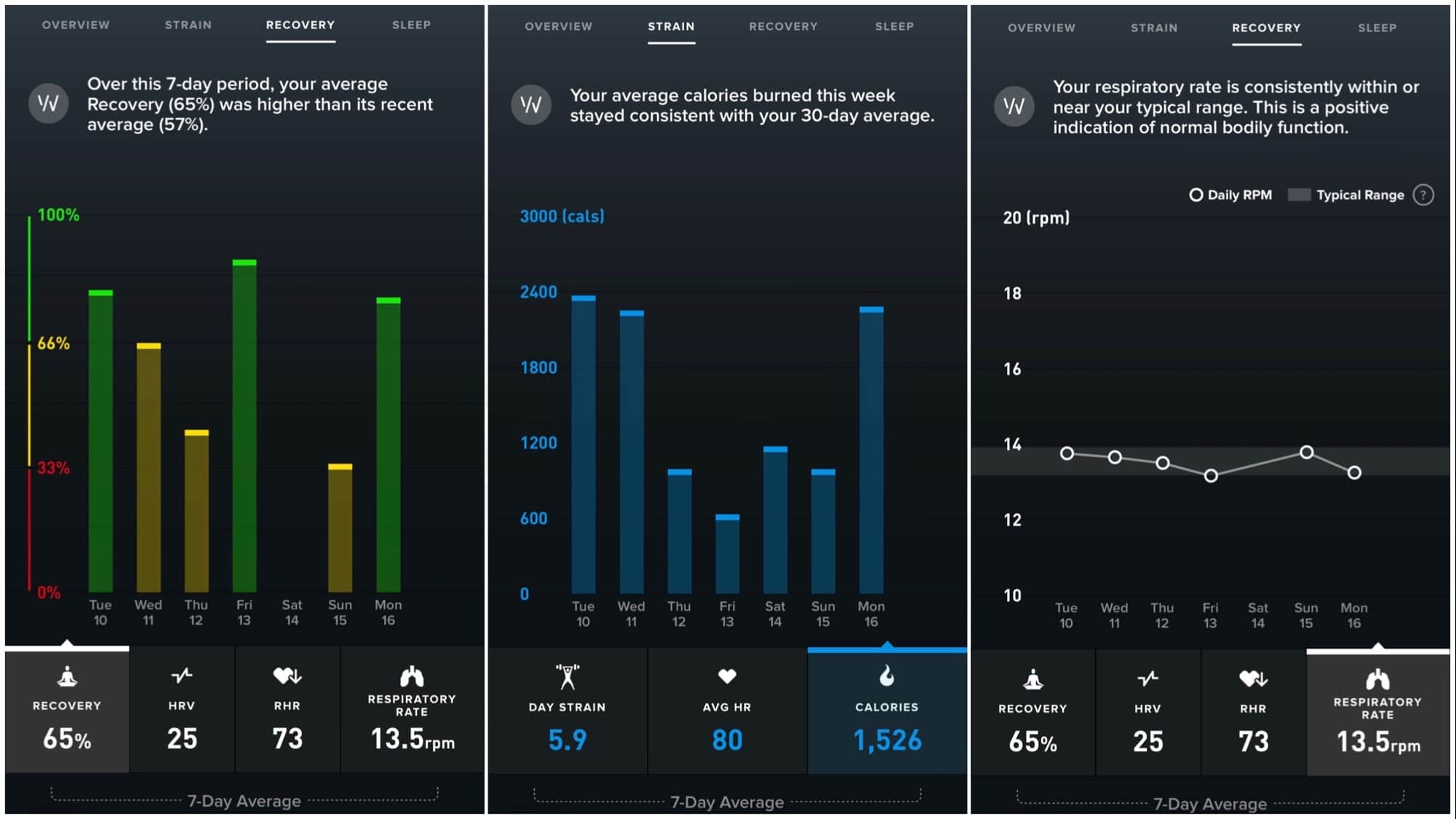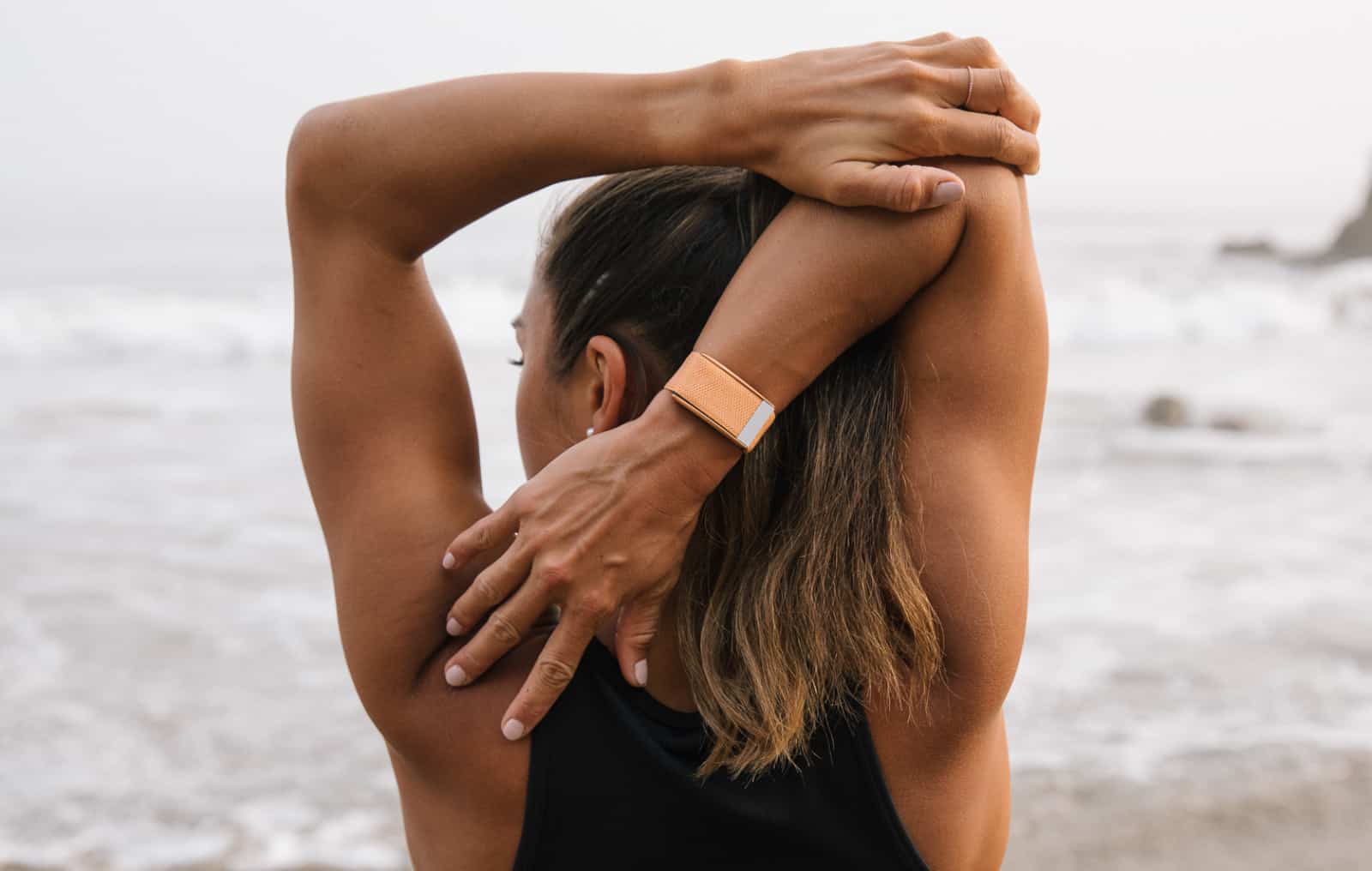A health tracker built for understanding intense recovery in workouts might provide more indication as to whether you’re COVID symptomatic before it happens.
With much of Australia’s population in lockdown and the frustrations from the arrival of Delta running high, it should be no surprise that Australians are running to the activities of literally running throughout this time.
Exercise is a relief, a place where you can be free from the four walls holding everyone in while we get over this and vaccination rates up, and just do what you need to do. Walk. Jog. Run. Pedal. Do what you need to in snap increments throughout the week to feel like blood is coursing through your veins once again, as you continue to stay home and protect yourself from a virus so easily transmitted between passing strangers.
It is perhaps ironic then that a device made for tracking your exercise could be used in a way that tells you if you have COVID.
It’s not a specific test, though; this isn’t a digital swab up your nose giving you a quick sniffle and the feeling of dread as you wait for the results. Rather, this device uses data to understand your body over time, and may be able to predict what it’s doing before you realise it, before you drag yourself off to the local drive-in COVID clinic and find out for yourself.
“We’re able to alert you to a symptom before your body starts to know,” said Sadie Logan, one of Whoop’s Membership Services Representatives. “We don’t say you have covid. We just provide you with the information.”
Once you have that information, you can do with it as you will, and for a gadget and service built on information about customers, that information could be vitally important.
However you might not know anything about Whoop, and that’s probably of little surprise. Whoop’s fitness band is less known in Australia, where the wearable market can feel dominated by pretty much everyone else.
A wearable not very well known
You know all about the Fitbit models, and there’s good chance you know someone with them. That’s the Apple Watch, and given how many wrists are adorned with these, you’ve definitely seen one before. And there are plenty of others you’d think of after, including Samsung’s smartwatches like the Galaxy Watch3, the Withings range with the ScanWatch, Garmin’s wearables, the Fossil Android watches used in Skagen and Michael Kors, plus countless other options from Oppo, Huawei, Xiaomi, and so on.
But unless you work out in a high-impact gym such as an F45 or CrossFit box, you’ve probably not come across the Whoop.
Offering no alerts from your phone, no call or message notifications, no reference to the time, and basically just resembling a black flat box for your wrist made pretty by whichever colourful strap you buy, the Whoop makes little impression upon first glance. However what it’s made to do can leave you with a big impression, especially if you’re looking to learn more about your body.
Whoop is less about the little encouragement to get you off and moving, and more about the big data you can glean about you active life. Technically built for people already active and doing the hard yards, it’s designed to monitor and track all of the things coming from your fitness and activity to provide details in that big picture everyone else tracks.
The variance of time in between each heart beat, also known as your “HRV”. Your resting heart rate. The respiratory rate. The strain you endure through the day. Calories you’re burning. How quickly you recover. Whoop is tracking a variety of factors through its green light while you’re awake, and even some while you’re asleep, building a bigger picture of what you’re health is doing for you as you walk, run, jump, and sleep.
Getting your health’s “big picture”
All of that information comes together to form a giant understanding of your whole health picture, tabulating the results to understand your body over four weeks, with lots of little tidbits of information squirrelled away inside.
“Strain is measured zero to 21,” Logan told Pickr, filling us in on all the detailed, but that whole the concept is measured logarithmically, “21 has never been achieved,” she says. “Strain is measured very differently based on activities,” she noted, based very much on what you’re doing.
That’s just one side of things. Your recovery is measured from zero to 99, and is relevant to you and your body. Everyone has a different value of how high a recovery score will be, and this reporter’s recovery will be very different to a seasoned athlete whose body is already in peak condition. “Recovery is relevant to your baseline,” Logan noted.
There’s a journal of information you can fill in, too, a list of over 250 questions you can shape based on how your day has seen events you think shaped your state of health. You can add as many as you want, or skip it altogether, but it covers medications, the last time you ate, sexual activity, fruit servings, and so on and so on.
All of this is data, and all of this can go into providing you with insights for how your health is progressing, tracking the times when you’re awake and your snooze sessions while you’re asleep, because there’s a lot of data in that, as well.
And all of this results in data that Whoop’s program is analysing, looking for insights in your health.
One of these may even be whether you have COVID or not.
A wearable that can tell if you have COVID-19
“COVID is a lower respiratory condition,” said Logan. “Your respiratory rate is what’s important when it comes to COVID-19,” she said. “Your ability to exchange oxygen from your bloody is diminished, so you need to breathe more.”
After 28 days of tracking, a personalised understanding of health information in your body starts to understand what your respiratory rate normally looks like. And when it raises, that level of normal can give you a sign that something is not right at all.
In short, an increase in respiratory rate may well be symptom before your body knows.
It happened in the US with pro golfer Nick Watney, who had previously tested negative for COVID only days before, but as we all know, life sometimes has other plans. Three days after, his Whoop band noticed his respiratory rate had jumped, and he tested positive for COVID-19. The data from the Whoop band had effectively told him he had it before he even realised it.
Last year, Whoop announced it was working with Australia’s CQ University as well as the Cleveland Clinic in the US to study data from self-identified COVID-19 cases, as well, delving into this data to explore if there were more signs in what was being collected.
“We believe that a noticeable increase in respiratory rate is a measurable precursor of COVID-19 symptoms based on individual cases that we have seen in our data,” said Will Ahmed, Founder and CEO of Whoop.
“Whoop data may be able to help identify the coronavirus during the incubation period before someone feels sick,” he said at the time of the announcement in April last year.
Of course, this data is built for more than just COVID, but a year on when people are still reeling from the pandemic, and bracing for ongoing infections driven by the variants making their way around the world, this data could be crucial into telling people just how important it is to stay home, and when they desperately need to get tested.
“We don’t say you have COVID,” Logan reiterated. “We just provide you with the information. [However] it goes beyond covid. There are many things you can monitor,” she said.
Data at a cost
Focused on the active already, Whoop’s potential comes at a cost: while most wearables offer a buy-once cost with extras available on top — think of the extra cost of Apple Fitness on top of the $599 Series 6 Apple Watch or Fitbit’s monthly charge for the Premium Membership on top of its Fitbit models — Whoop is downright pricey.
Priced monthly, Whoop is a minimum of $44 USD per month for six months minimum at $264USD for half a year, or $384USD per year and $432USD for 18 months, if you’re so inclined. It is not cheap, and a service that comes with the Whoop Strap 3 band, but also one you have to keep paying for otherwise the band does nothing.
Really, you’re not paying for the wearable with Whoop; you’re paying for the data and insights. The band is just required, and comes with that service.
Understandably, that service is a significant cost, which makes it hardly surprising that Whoop markets itself towards people already focused on their fitness and health. While anyone can jump in, the high price seems like it’s less likely to drive people just looking for a passing interest in their health, which given what it can do, is a shame.
“A lot has changed in the year I’ve been at Whoop,” Logan told Pickr. “It’s really exciting to see all the things we’re going to do.”
For the moment, however, this COVID tracking feature may be something specific to Whoop’s data, though it’s not the only device going there.
Smartwatch studies have been diving into this since late last year, using a similar 28 day metric to work out whether you’re showing signs. That means it’s highly possible other wearables could soon understand whether we’re sick with COVID before we potentially give it to other people, provided we’re wearing them all the time, as well.
Of course, tracking can only be one part of the equation. Until we have a reign on COVID in all its forms and variants, other methods remain highly important, including vaccinations and social distancing, not to mention staying at home, allowing us all to stay safe as much as possible.
But with Delta’s infection running up a tab on the general population and keeping us all inside, it mightn’t be too long before we’re all tracking and being told what’s wrong ahead of us realising it, too.










